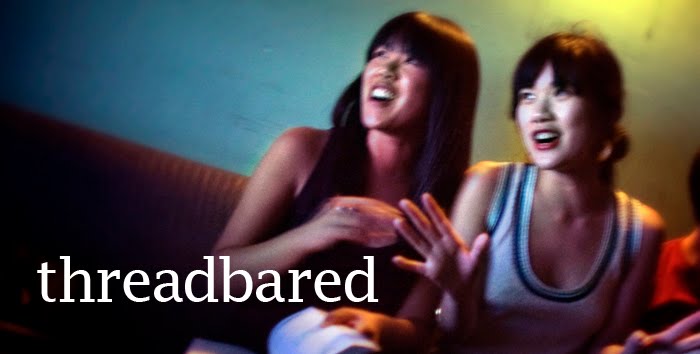 Earlier this year, the Van Every/Smith Galleries at Davidson College presented the first exhibition to address the intersection between disability identity and female identity in RE/FORMATIONS: Disability, Women, and Sculpture. The following is an excerpt from the exhibition essay, "Leaving Venus Behind," by Davidson College English professor and co-curator Ann M. Fox.
Earlier this year, the Van Every/Smith Galleries at Davidson College presented the first exhibition to address the intersection between disability identity and female identity in RE/FORMATIONS: Disability, Women, and Sculpture. The following is an excerpt from the exhibition essay, "Leaving Venus Behind," by Davidson College English professor and co-curator Ann M. Fox.One corner of [Harriet Sanderson's] Molt, with Scurs is made up of multiple pairs of high-heeled shoes, lined up against a wall, their heels fashioned from the tips of canes. There’s both kinship and whimsy in this installation. Sanderson’s use of a curved cane tip for the heel of a woman’s dress shoe makes the point that such dress footwear can limit the mobility of even the most ambulatory user in the name of beauty, rendering them fully stopped, as if against a wall. And the high-heeled shoe is, of course, unstable and impractical for the body with limited mobility. But the installation also creates the hybridized cane/shoe as an object of whimsy and playfulness, reminding us that canes and shoes are, after all, paired to create mobility in their actual lives as objects. The normal heels of the shoes have been amputated from the bodies of the footwear and lay scattered about the gallery with other cane tips that seem to have exploded free from the “cane chair.” As the viewer looks at the new shoe/cane creations, there’s something sexy and dangerous about the sinuous hooks of the highest heels, a rendering of disability as vehicle for haute couture. Ultimately, these shoes are not a simplistic reinforcement of ableist metaphors to critique beauty norms; they become a kind of expression of alternate movement and “disability cool.”



